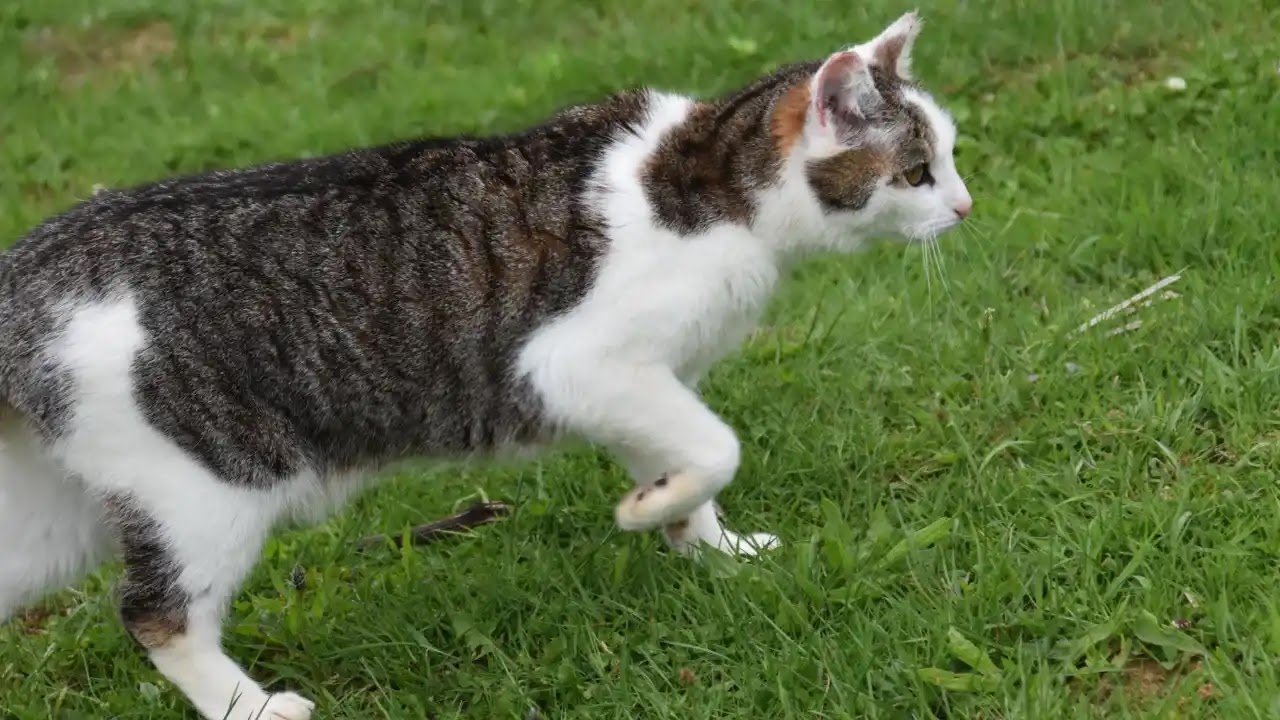introduction
Cats are known for their independent nature, and they often have a reputation for being stoic and tough. However, just because cats don't always show outward signs of pain doesn't mean that they aren't experiencing discomfort. In fact, cats are masters at hiding pain, and this can be especially true when it comes to limping.
table about limping in cat
| Item | Information |
|---|---|
| Title | Cat Limping but Not in Pain |
| Topic | Cats hiding pain |
| Symptoms of limping | Decreased activity, stiffness, favoring one leg over the other, reluctance to jump or climb, limping |
| Reasons for hiding pain | Instinctual behavior, fear of appearing vulnerable or weak, lack of clear communication |
| Importance of addressing limping | Limping can be a sign of underlying health issues or injuries that require treatment, delaying treatment can lead to more serious problems |
| What to do | Observe your cat's behavior, look for signs of limping or other discomfort, take your cat to the vet for a thorough examination if necessary |
Reasons for hiding pain
Limping is a common sign of pain or discomfort in cats, but not all cats will exhibit obvious signs of limping. Some cats may experience a slight limp that is barely noticeable, while others may favor one leg over the other or avoid jumping or climbing. Decreased activity and stiffness are also common signs of limping in cats.
causes of limping
While limping can be a sign of a minor injury, it can also be an indication of a more serious underlying health issue. Arthritis, hip dysplasia, and other joint problems are common in cats, especially as they age. These conditions can cause pain and discomfort, and if left untreated, they can lead to more serious health problems.
why do cats hide pain?
One reason is instinctual behavior. In the wild, showing signs of weakness can make a cat more vulnerable to predators. Even though domesticated cats don't face the same threats, they may still have an instinctual urge to hide their pain. Additionally, cats may be afraid of appearing vulnerable or weak in front of their owners. They may also lack clear communication methods to express their discomfort.
What to do
As a cat owner, it's important to be aware of your cat's behavior and to look for signs of limping or other discomfort. If you notice that your cat is limping or seems to be in pain, it's important to take them to the vet for a thorough examination. Delaying treatment can lead to more serious problems, and early intervention can make a big difference in your cat's quality of life.
conclusion
In conclusion, while cats may be experts at hiding pain, limping is a common sign of discomfort that should not be ignored. As a cat owner, it's important to be vigilant and to seek veterinary care if you suspect that your cat is experiencing pain or discomfort. By understanding the signs of limping and the reasons why cats may hide their pain, you can help ensure that your feline friend stays healthy and happy for years to come.
References
- American Veterinary Medical Association. "Cats and Pain."
- Cornell Feline Health Center. "Recognizing Signs of Pain in Cats."
- International Cat Care. "Pain in Cats."


